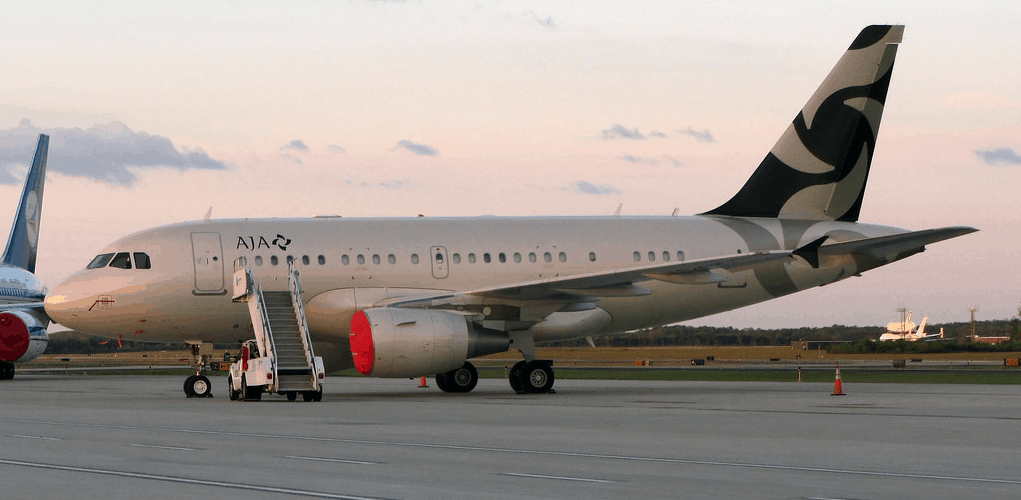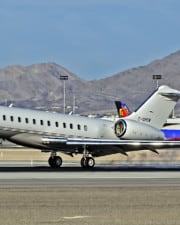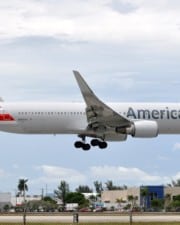The airline industry, at least the commercial airline industry, is easily one of the most regulated industries out there. Federal Aviation Regulations (FAR) place stringent laws and guidelines in place that stipulates every aspect of how a commercial airliner’s business can legally operate. Today we look at the differences between part 125 and part 135.
Touching on subjects such as the airplane’s size, how many, if any, passengers an aircraft is permitted to carry, and even what airports certain aircraft are allowed to land at, navigating the world of aviation is always more complicated than it originally seems.
Certain rules set out by the FAA (Federal Aviation Administration) which govern how privately-owned passenger aircraft may be used can be quite confusing for committed av-geeks, aviation professionals, and regular Joe’s alike!
Therefore, it’s highly recommended to seek professional legal help if you’re an aircraft owner and are unsure about how you can legally operate your aircraft, as well as find out if you can use it to earn some money on the side too.
Part 125 and Part 135 are both sections of the FAA’s FAR which dictates the way civilian aircraft are allowed to be operated.
About Part 125
Part 125 of the FAR refers to any airplane with a max payload capacity of at least 6,000 lbs. or more, or the capacity to seat at least 20 people.
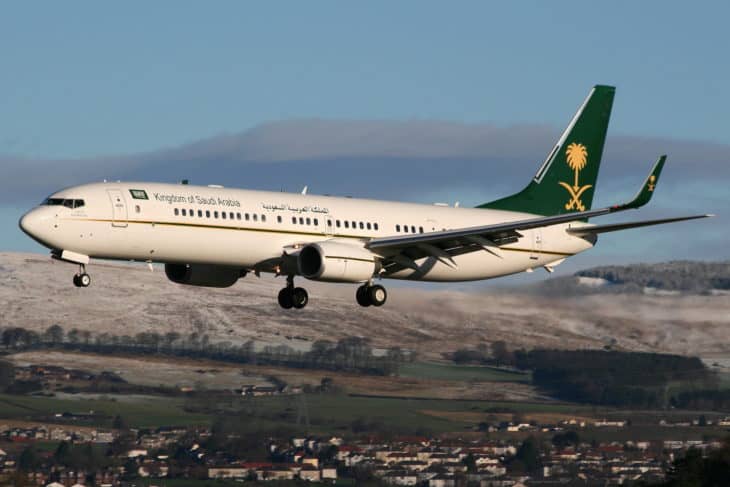
Part 125 is therefore applicable to larger commercial passenger planes being used for personal use and even includes larger planes that before had to be operated under the regulations of the FAR’s Part 91.
Part 125 allows you to receive payment for flights from private arrangements with clients as long as you have a commercial pilot’s license, however, you’re not permitted to supply any common carriage flights for hire under Part 125 of the FAR.
Why Was Part 125 Introduced?
Just as with the other sections of the FAR, Part 125 was created in 1981 by the FAA.
The FAA mainly did this to create a clear set of rules and benchmarks to be met by planes intending to carry a total of 20 passengers or more, intending to raise safety standards in the aviation industry as a whole around the world.
The introduction of Part 125 created a new subclass in which all Part 125 aircraft (all aircraft exceeding a max passenger capacity of at least 20 people, or at least 6,000 lbs of payload capacity) were legally obligated to fly under as opposed to the broad Part 91 rules.

What is The Purpose of Part 125?
The main reason the FAA introduced Part 125’s regulatory framework was to create safer and more standardized operational procedures as well as stringent minimum safety requirements that should be met.
This meant air transportation would become more regulated and thus less prone to fatal accidents due to the irregular usage of an aircraft, or neglecting the basic service checks of the aircraft which are usually a prerequisite for all aircraft operating under the regulations of Part 121.
Part 125 separated large private, non-commercial aircraft including their operators from those who do operate commercially (carry paying passengers).
About Part 135
Part 135 applies to all charter/on-demand and commuter flights in which either the operator of the aircraft or the pilot of the aircraft earns a fee for providing transport services. Corporate airliners, helicopters, as well as aircraft that are connected to the government can all be classified under Part 135’s regulations and specifications.

For anyone operating a helicopter service carrying people, freight, or earning any income from performing flights for hire, careful attention would need to be paid to what you can and cannot do as stipulated in Part 135 of the FAR.
Part 135 defines certain safety standards which must be met by operators wishing to achieve their Part 135 accreditation. This is because Part 135 allows for the operation of for-profit flight services which involve carrying commuters in smaller-sized aircraft.
Why Was Part 135 Introduced?
Part 135 was created to allow privately-owned aircraft to be chartered to earn money for the carrying of cargo, providing services to the government, or simply ferrying passengers.
The FAA created Part 135 to provide a clear set of high standards that dictates the way pilots, maintenance crews, and airplane owners should conduct themselves.
This, similar to the introduction of Part 125, was done to make traveling by air safer by raising the standards expected by everyone that plays a role in the aircraft’s operation when carrying passengers.
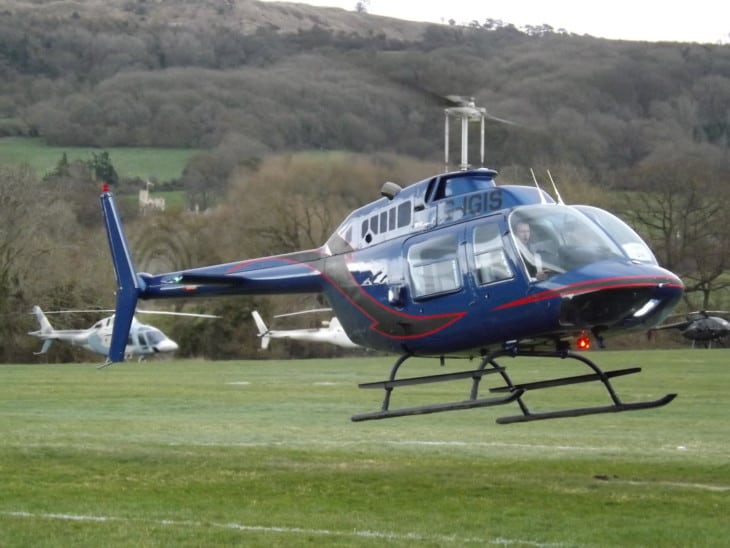
What is The Purpose of Part 135?
The introduction of Part 135 was meant to set a higher competency benchmark for the crews and owners of privately-owned aircraft to meet when ferrying passengers instead of just themselves.
All rules and guidelines imposed by the FAA and the FAR are done to make the airways safer to navigate for private-use and business aircraft, and introducing Part 135 is no different.
Part 135 expects all involved in the running of a privately-owned airplane to be used for money-making purposes to carry out their duties and hold them to a higher standard than if they were not ferrying any passengers for profit.
How is Part 125 Different From Part 135?
While the FAR’s Part 125 and Part 135 seem very similar at first glance, the contrasts between the two licenses are distinguishable. Part 125 and Part 135 both refer to privately-owned business airplanes and both parts detail the exact manner in which they may be operated.
Part 125 relates to all privately-owned planes accommodating 20 passengers or more, or having a max payload capacity matching or exceeding 6,000 lbs. Part 125, therefore, includes larger private planes such as your Airbus Corporate Jets and your Boeing Business Jets, though excludes helicopters and smaller airplanes.
Part 135 in turn is only applicable to on-demand/charter airplanes/helicopters that can carry 30 people or less, or have a max payload capacity of fewer than 7,500 lbs.
Part 135 thus applies to any turboprops and helicopters that are being used commercially for on-demand flights or carrying cargo.
How Are Part 125 and Part 135 Similar?
Part 125 and Part 135 certainly both share some commonalities. Both are also applicable to private-use airplanes, and both dictate to what extent private-use aircraft are allowed to operate (i.e. if they may carry paying passengers, etc.).
Both parts were introduced to make aviation, especially aviation involving the use of private jets, charter helicopters, or smaller turboprops, as safe and as standardized as possible.
What’s Good About Part 125?
Part 125’s introduction meant that businesses and individuals owning and operating private airplanes above the 20 passenger/ 6,000 lbs. payload threshold were allowed to use their planes for personal or business purposes.
Part 125 means that any person or corporate entity in possession of a Part 125 license can save significant costs associated with owning and flying a bigger plane since the owners are not required to meet the stringent airline-like rules and requirements set out in Part 121.
Crew members operating a Part 125 aircraft are also not required to undergo the same formal training expected from operators of Part 121 aircraft since Part 125 is only applicable to private use airplanes.
This also saves Part 125 plane operators from paying for expensive, unnecessary training for their crew members, which would have otherwise been unavoidable if Part 121 regulations applied.
What’s Good About Part 135?
Under Part 135, only the license holder is responsible for the aircraft’s safe operation, and not the owner. This greatly reduces the owner’s liability in the unfortunate event that an accident or an incident involving the aircraft occurs.
Part 135 also allows the airplane to be chartered, assisting with the offset of the large costs of owning an aircraft. Instead of letting the aircraft sit around when the owner’s not using it for personal use, they can charter it for profit under a Part 135 license.
Conclusion
Trying to grasp what a private airplane owner or operator is allowed to and prohibited from doing according to the FAA’s guidelines can be extremely frustrating, yet it is important information that applies to every airplane operator.
Part 125 and Part 135, although quite similar on paper, are two very different licenses each with its own set of specific regulations. Both deal with corporate as well as privately-owned aircraft, including their legal right when it comes to carrying passengers for profit.
Deciding what license better suits your aviation needs depends on your situation. An avid pilot who owns their own small aircraft and would like to use it to earn an additional income would benefit more from a Part 135 license.
Alternatively, for someone who runs a company with a larger non-commercial aircraft as part of their business’s fleet, then the Part 125 license is a great alternative to the more stringent Part 121 license to help save them some costs.
Related Posts
